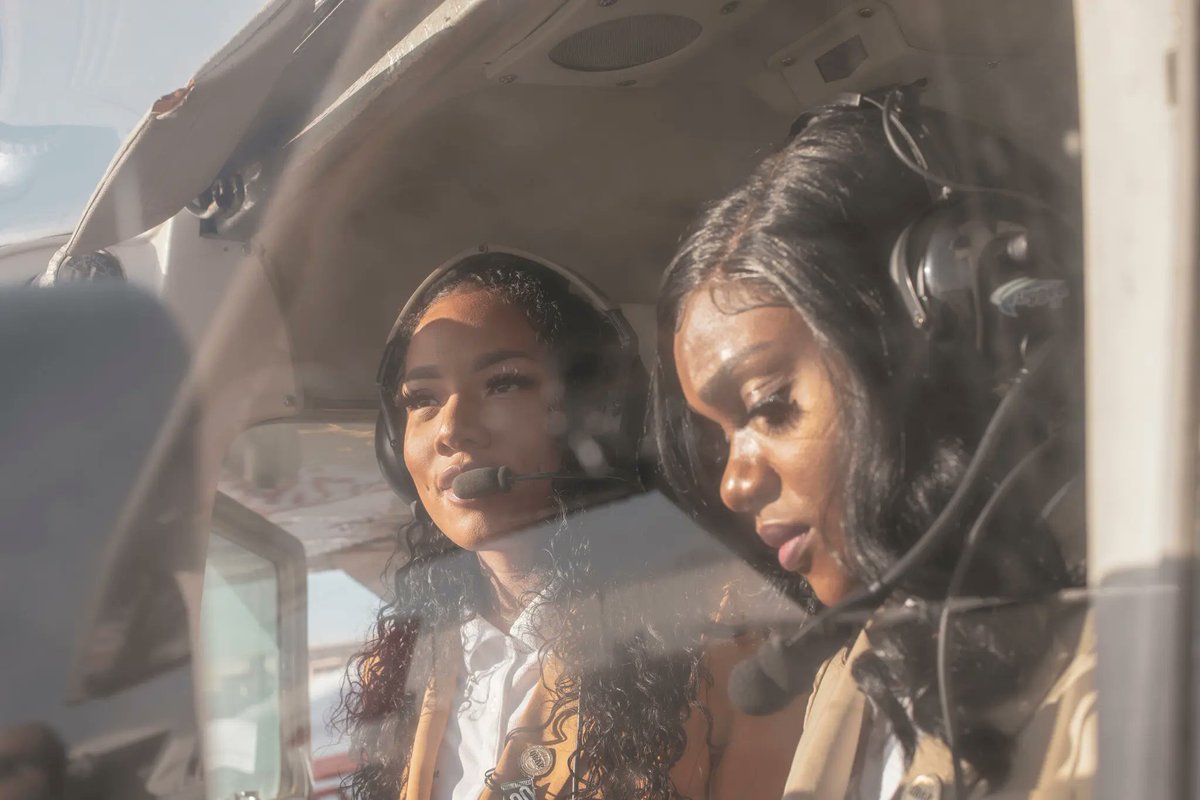Hamas supporters in NYC have surrounded Grand Central Station and are attempting to breach the outer doors to reach police officers sheltering inside.
NYC police standby as Hamas supporters tear down American flags.
Hamas celebrating Veterans Day in NYC!
Will Hamas supporters in NYC allow the Christmas tree in Rockefeller Center to stand? h/t @nicksortor
• • •
Missing some Tweet in this thread? You can try to
force a refresh

 Read on Twitter
Read on Twitter








